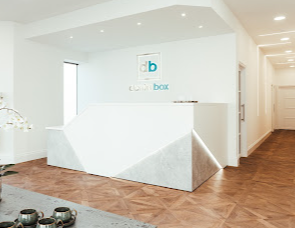Outdoor Pavement Types, Benefits, and Drawbacks
It's time to go outside. It's time to enjoy summertime in gardens, terraces, and swimming pools—busy spaces that see a lot of wear and tear and call for durable, secure materials.
The ideal summertime mix is water, sun, and air, however, materials installed outdoors are impacted by these factors. Therefore, it's crucial to understand the benefits and drawbacks of each form of Paving in Millhouse Green, before choosing which one to employ in these places.
Outdoor floors need to have specific built-in features. These are places where water and the way we walk might cause falls due to slipping, thus they must not only withstand high temperatures and other bad weather, like frost, but also satisfy additional standards, such as having an anti-slip surface.
Maintenance is another important factor to take into account. Depending on the type of material utilized, this might vary substantially in terms of cost and work.
It's also crucial to give careful consideration to the Tarmacing in Millhouse Green color since light hues reflect too much light and make dirt stand out, whilst dark hues absorb heat and cause overheating. Therefore, using neutral or intermediate hues like beige or gray is ideal.
Ceramic is the ideal material for terraces and outdoor areas because of all these advantages as well as the final aesthetic appearance. Even though there are a lot of different materials that may be used in these spaces, they all have some sort of disadvantage. These are each of the benefits and drawbacks.




Comments
Post a Comment